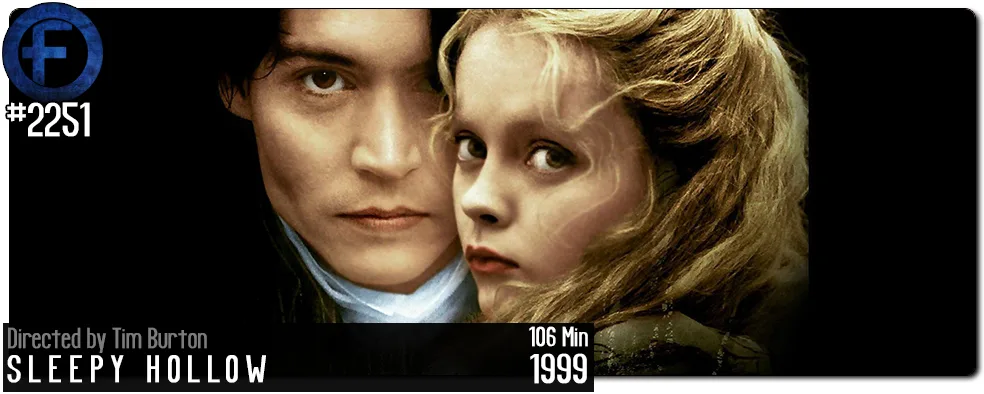Movie Review – Sleepy Hollow
Principal Cast : Johnny Depp, Christina Ricci, Miranda Richardson, Michael Gambon, Casper Van Dien, Jeffrey Jones, Christopher Lee, Richard Griffiths, Ian McDiarmid, Michael Gough, Marc Pickering, Lisa Marie, Steven Waddington, Ray Park, Christopher Walken, Claire Skinner, Alun Armstrong, Mark Spalding, Jessica Oyelowo, Tony Maudsley.
Synopsis: Ichabod Crane is sent to Sleepy Hollow to investigate the decapitations of three people; the culprit is legendary apparition The Headless Horseman.
********
At the end of the 20th century, pop-culture auteur director Tim Burton embarked upon a cinematic journey into the enigmatic and eerie universe of Washington Irving’s 1820’s timeless literary fable, “The Legend of Sleepy Hollow.” On paper, it seemed a match made in cinematic heaven – a bespoke director with a penchant for creepy, shadowy darkness, taking on one of America’s great myths, in a violent, operatic, and hugely stylised vanity project for superstar Johnny Depp. The result, the incredibly atmospheric Sleepy Hollow, was a film endeavour of remarkable magnitude. This artistic venture, marked by an impeccable ensemble, an opulent tapestry of visual aesthetics, and the resplendent performance of Depp in the role of the central character, remains a testament to Burton’s exceptional ability to craft a narrative imbued with an eerie enchantment.
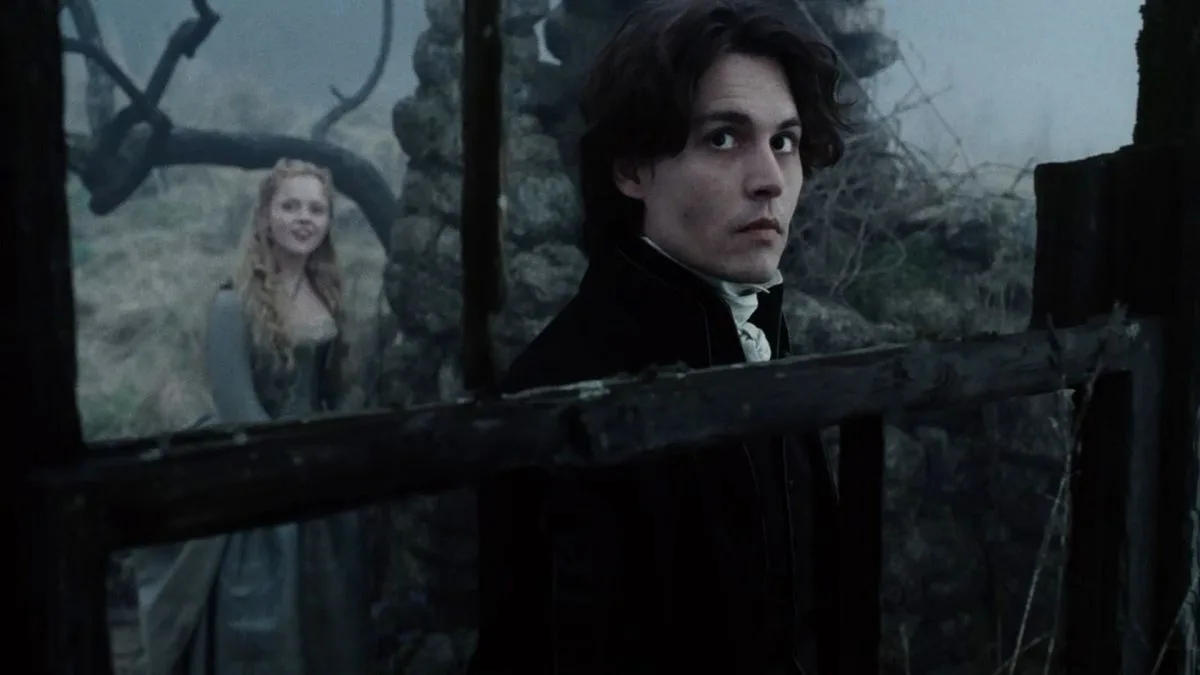
Sleepy Hollow beckons its viewers into the spectral domain of Constable Ichabod Crane (Depp). Crane, a figure of both eccentricity and rectitude, is dispatched from the bustling precincts of New York City to the forlorn village of Sleepy Hollow, there to investigate a series of grisly decapitations that have plunged the community into a state of abject disquiet. The narrative, informed by notions of superstition, concealed mysteries, and the pervasive presence of a spectral marauder known as the Headless Horseman, becomes an intimate exploration of the unnerving. In the role of Ichabod Crane, Depp emerges as the shining exemplar of interpretive artistry. Depp’s evocation of Crane, replete with his quirks and idiosyncrasies, unveils a character equally comical and sympathetic. It’s also a character not entirely dissimilar with his later turn as Captain Jack Sparrow, albeit with a lot less abrasive eccentricity. Depp guides the audience through a labyrinthine tale, as Crane is drawn inexorably into the sinister enigma that shrouds the village of Sleepy Hollow, and engages with us as the conspicuously powerless Everyman, against the Horseman’s vastly supernatural empowerment.
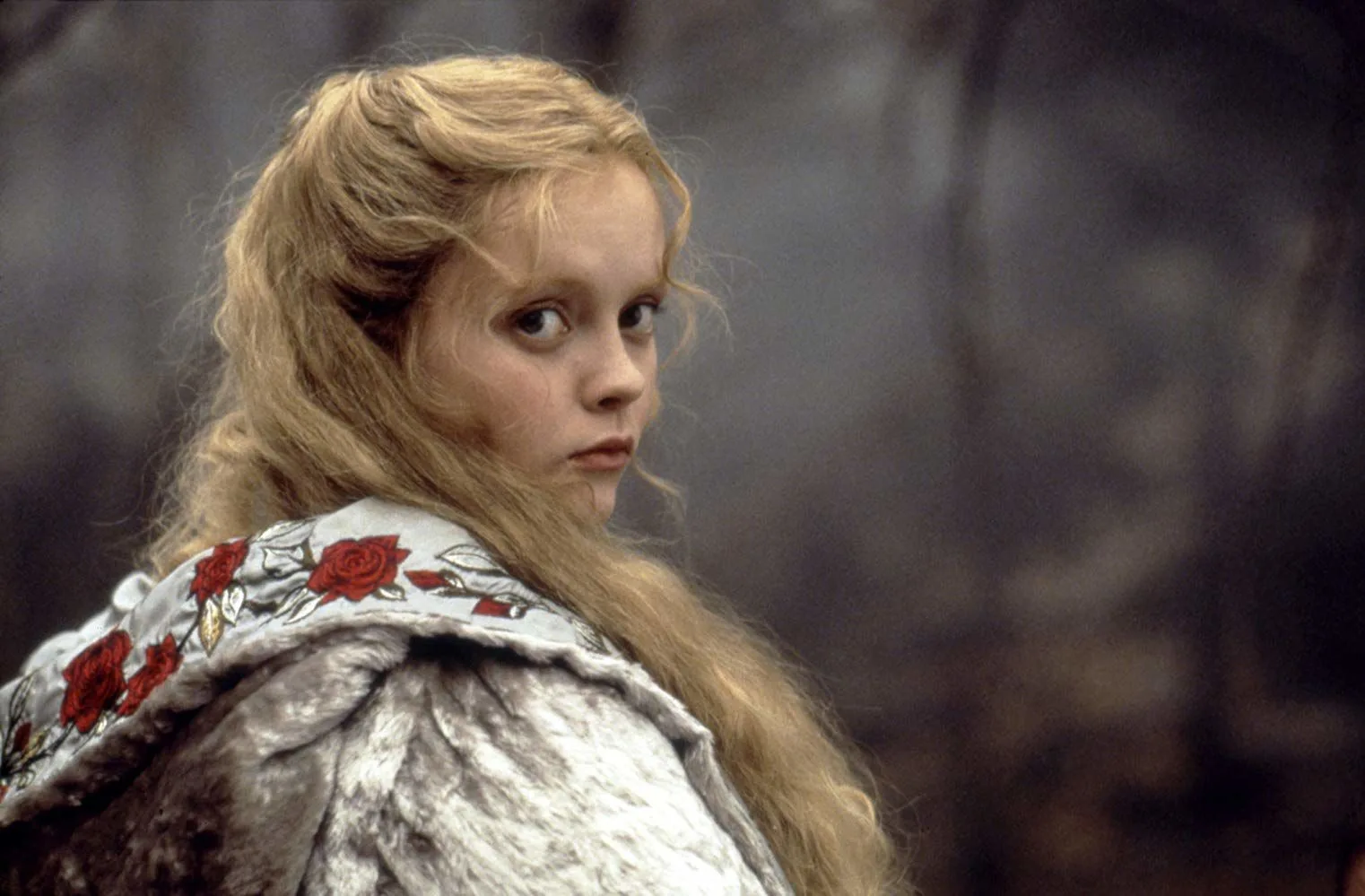
As Ichabod Crane, Depp embraces eccentricity with finesse. His portrayal paints Crane as a man of science, deeply sceptical of the supernatural in a village drenched in superstition. But it’s not just scepticism that Depp conveys; it’s a full immersion into the character’s quirks. Every gesture and word reflect the meticulous work that Depp invests in understanding Crane’s peculiar personality. Sleepy Hollow’s eerie backdrop, with its fog-shrouded forests and ominous atmosphere, serves as a stark contrast to Ichabod Crane. Depp’s performance leverages this contrast, allowing us to feel Crane’s unease when confronted with the village’s spectral phenomena. Through Depp’s skilful acting, we share in Crane’s moments of trepidation, disbelief, and, eventually, enlightenment. Depp’s portrayal of Crane isn’t just about eccentricity. It’s rooted in compassion. Beneath the quirks, Crane is driven by a deep sense of justice and an unwavering determination to uncover the truth, even in the face of the supernatural. Depp masterfully balances this eccentricity with Crane’s underlying compassion, creating a character of depth and resonance.
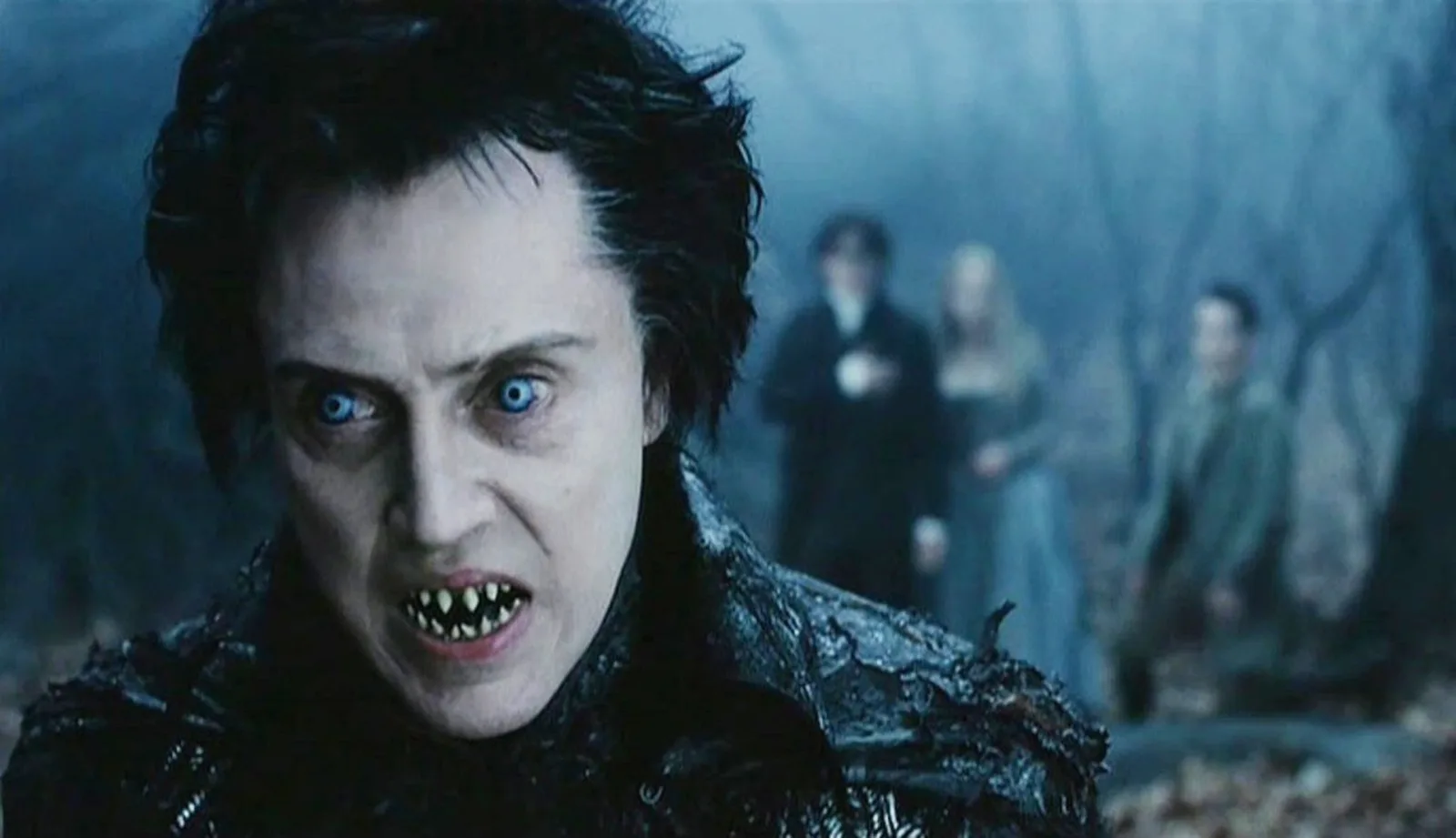
Among the supporting luminaries is Christina Ricci, who portrays Katrina Van Tassel, the enigmatic object of Constable Ichabod Crane’s affections. Ricci’s ethereal allure and haunting charm complement the film’s atmosphere of mystique. The actress, no stranger to the offbeat, kooky subgenre following work in both Casper and The Addams Family (and its sequel), perfectly embodies the ethereally unattainable romantic interest for Ichabod, and the “fair maiden” archetype the film explores so well; her ethereal presence in Sleepy Hollow resonates with an enchanting and slightly eerie quality that befits Burton’s cinematic aesthetic. The legendary Christopher Lee, an iconic figure in the realms of gothic horror, plays well as the stern and enigmatic Burgomaster. This appearance marked one of several collaborations between Lee and Tim Burton. Lee, who would also with Burton on Charlie and the Chocolate Factory, and who had had a memorable early cameo in the classic Edward Scissorhands, brings his commanding presence and deep gravitas to the role, adding an air of authority and authenticity to the film. Lee’s participation, as always, elevates the cinematic experience, contributing an indelible touch of grandeur to Sleepy Hollow.
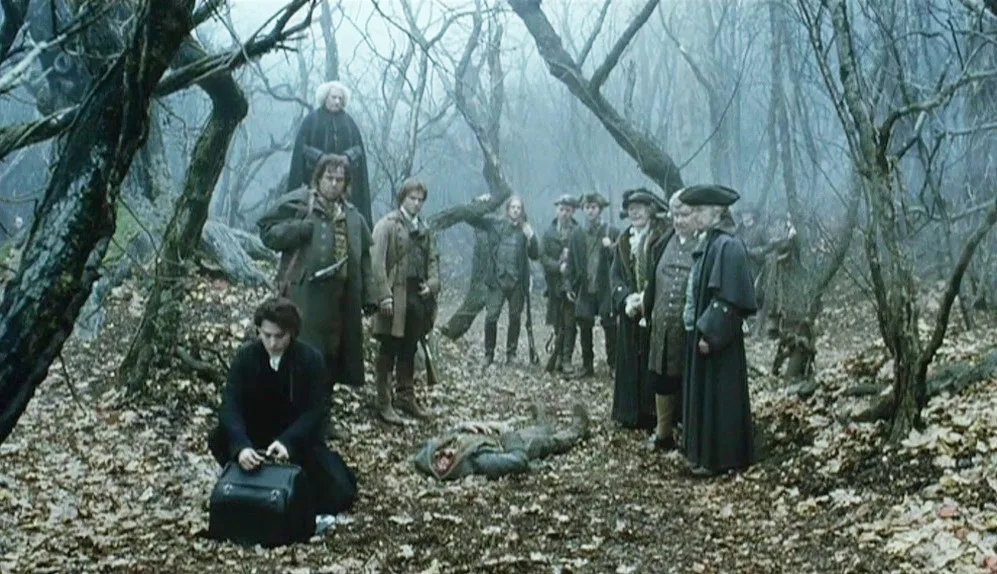
Michael Gough, another recurring collaborator with Tim Burton, steps into the role of Notary James Hardenbrook. Gough had previously graced several of Burton’s films, including his memorable role as Alfred Pennyworth in the Batman franchise. Gough’s presence, laden with the rich history of his association with Burton’s brand of macabre storytelling, infuses the film with a sense of gravitas and familiarity. A pivotal and unforgettable contribution to the supporting cast comes from Christopher Walken, an actor with a distinct and hypnotic presence. Walken portrays the fearsome Hessian Horseman before his transformation into the Headless Horseman. While Walken’s role is brief, his impact is profound. Walken, who had not only collaborated with Burton previously in Batman Returns but also possessed an aura of unnerving eccentricity that resonated with Burton’s aesthetic, transforms into a figure of pure malevolence. His portrayal becomes the terrifying precursor to the emergence of the Headless Horseman, haunting the audience’s memory and creating an atmosphere of dread that lingers throughout the narrative.
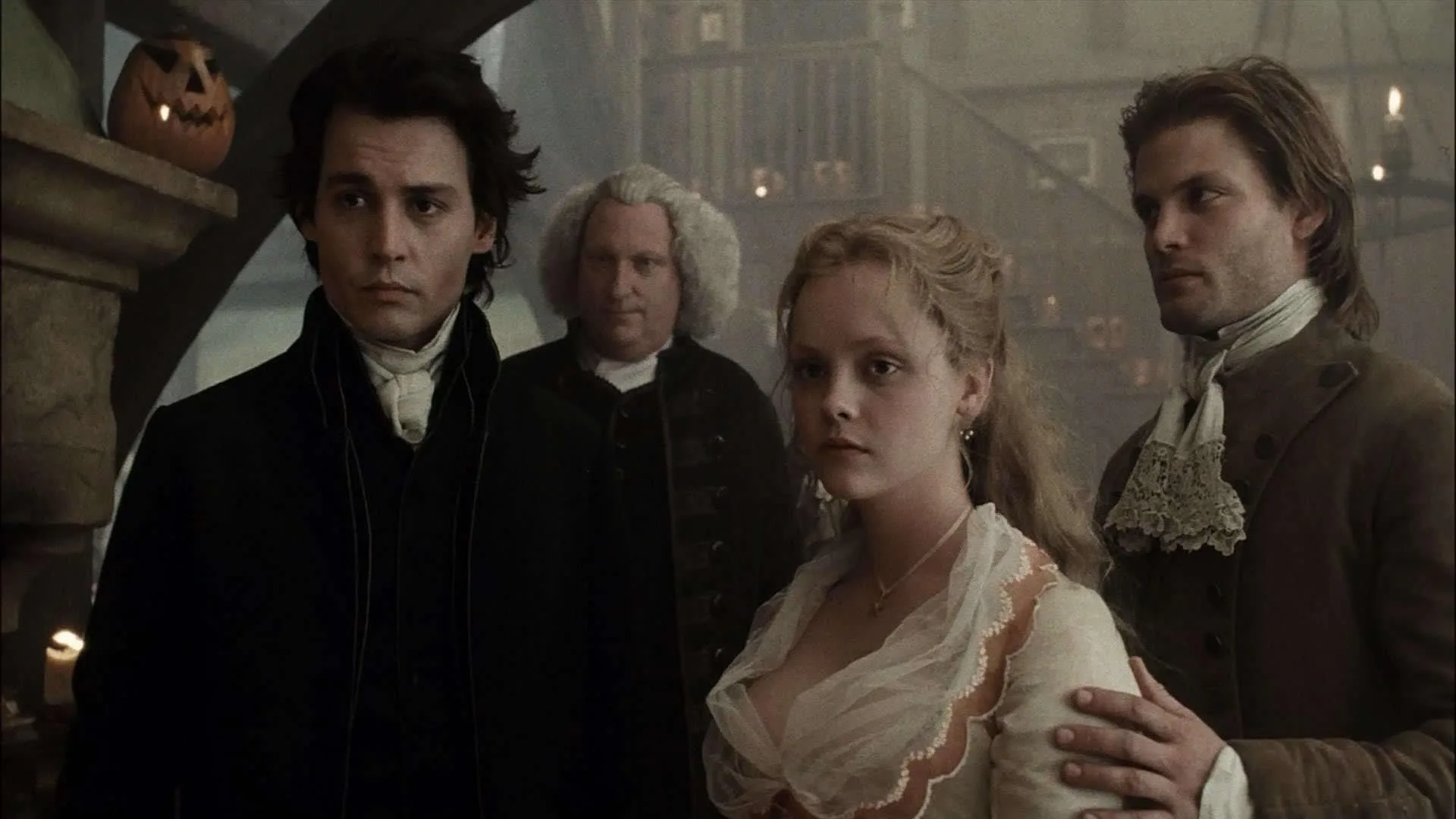
In the role of Van Garrett, Jeffrey Jones, an actor who had previously worked with Burton in Beetlejuice, reiterates his capacity for portraying quirky characters with a comedic edge. His presence in Sleepy Hollow invokes a peculiar combination of tension and levity, a signature feature of his work. Jones’s performance highlights the delicate balance between the eerie and the absurd that is characteristic of Burton’s storytelling. Michael Gambon, though not a recurring collaborator with Burton, graces the cast with his presence in the pivotal role of Baltus Van Tassel. Gambon’s gravitas and multifaceted depth as an actor add a profound dimension to the film’s narrative, and his portrayal of Katrina Van Tassel’s father is informed by a commanding dignity that complements the Gothic atmosphere, grounding the film in a sense of historical authenticity.
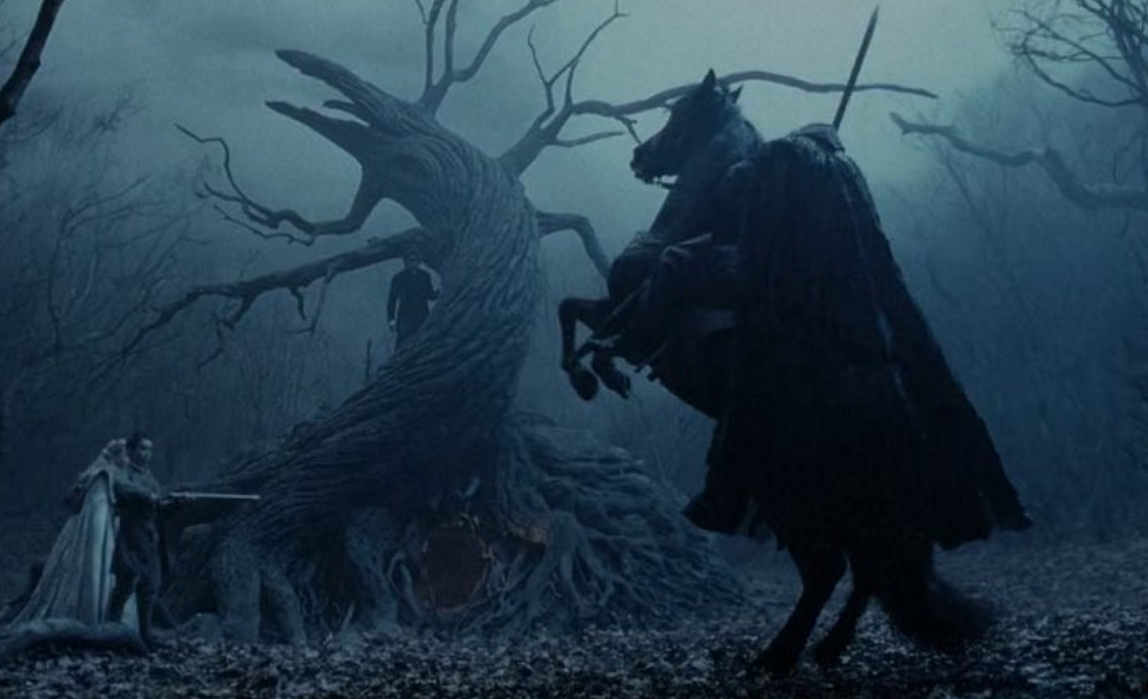
The supporting cast of Sleepy Hollow emerges as a collective of artistic resonance, imbuing the film with a depth and authenticity that enhances the overall stylistic experience. The collaboration of actors who had previously worked with or would continue to collaborate with Tim Burton adds an extra layer of significance to their contributions, creating an ensemble that seamlessly melds into the darkly whimsical world of Sleepy Hollow itself.
Tim Burton, renowned for his distinctly dark and whimsical directorial style, unearths a world of beguiling eerie beauty in Sleepy Hollow. The film serves as an artistic canvas for Burton’s darkly romantic vision, manifesting a realm that seamlessly melds the gothic and the fantastical. It is the production design, however, that becomes an emblem of the film’s exquisite craftsmanship. The village of Sleepy Hollow emerges from the cauldron of artistic imagination with its gnarled arboreal sentinels, shrouded mist-laden landscapes, and an all-encompassing miasma of portentous dread. The dilapidated domiciles, winding thoroughfares, and the verdant thickets assume a spectral grace, transforming the milieu into an autonomous character, a breathing entity with its own intricacies.
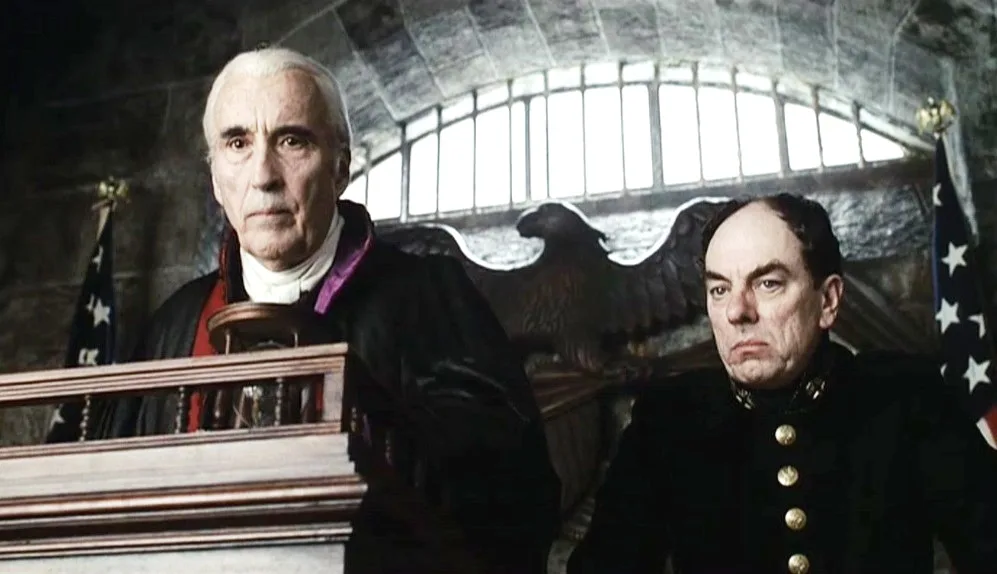
Of additional acclaim is the meticulous consideration paid to the set design and costume composition. The opulent mansion of the Van Tassel family, though in a state of decay, is adorned with intricately wrought yet disconcerting embellishments, serving as a metaphor for the village’s lost grandeur. Costume design, particularly for Ichabod Crane and the Headless Horseman, is an awe-inspiring spectacle. The apparel worn by Crane, redolent of scientific pragmatism, stands in stark counterpoint to the elaborate, almost nightmarish attire of the Headless Horseman, an entity of impending doom. Of particular import is the physical execution of the villainous rider, a manifestation of Burton’s penchant for darkly whimsical surrealism. The Headless Horseman is no mere bogeyman; he is a formidable entity that evokes profound apprehension. His headless form, galloping relentlessly through the obscurity-shrouded woodlands, assumes an eerie imagery that indelibly imprints itself upon the viewer’s psyche. The film engages with the folklore surrounding the Horseman, interpreting it with a fervour that is at once twisted and imaginative. The employment of practical effects, notably in the creation of the Horseman’s unmistakable pumpkin visage, stands as a testament to Burton’s resolute commitment to upholding tangible artistic manifestation in an age dominated by digital manipulation. The Headless Horseman is an imposing and sinister presence, an embodiment of death incarnate, and his malevolence resonates throughout the narrative.
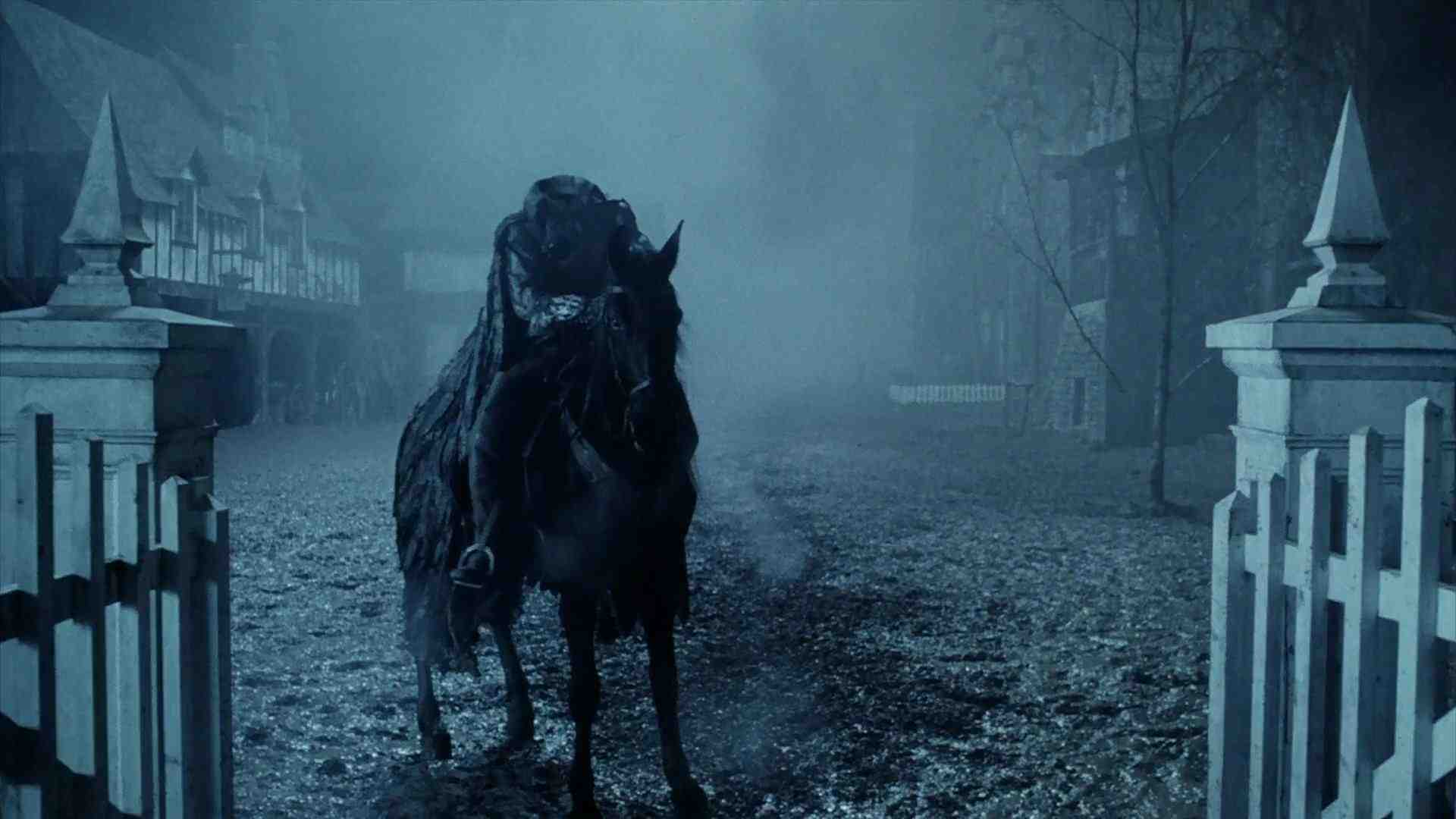
In Sleepy Hollow, Tim Burton unfurls a captivating exploration of a classic narrative, infusing it with his signature idiosyncrasy to create a world that is simultaneously hauntingly beautiful and saturated with brooding atmosphere. The film, marked by the extraordinary production design, costume composition, and an enthralling narrative, serves as a vessel for Johnny Depp’s remarkable portrayal of Ichabod Crane. The supporting cast amplifies the overall cinematic experience, while the execution of the Headless Horseman leaves an indelible imprint of terror.
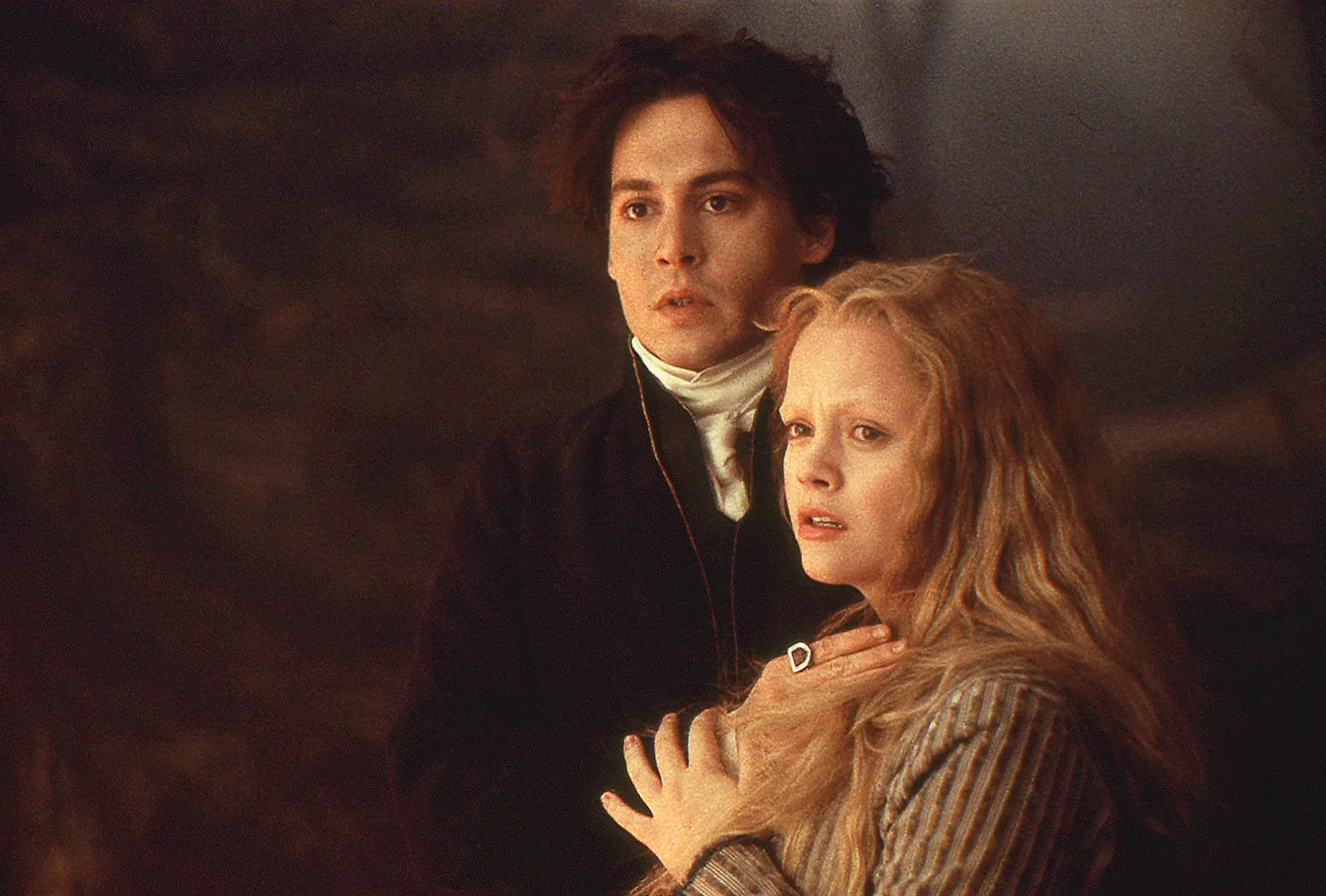
Sleepy Hollow is not merely a film; it is an experience in Burton’s unforgettable style, and an odyssey into the realm of the spectral and the enigmatic as only Burton could manifest. It stands as a testament to his consummate artistic skill, an eerie emanation of artistry that continues to captivate and haunt the souls of those who venture into the obsidian woods. A remarkably potent combination of material and a director perfectly suited to bring it to the screen in all its gory glory, Sleepy Hollow is a visual and performative treasure that continues to reveal hidden secrets all these years later.

